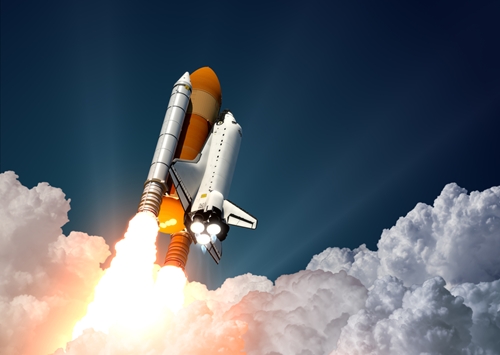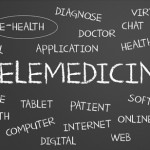What can the space station teach us about health care?
On first thought, there doesn't seem to be much in common between people living in remote areas around the globe with limited access to health care and astronauts living in the International Space Station. In fact, it's highly likely that the majority of people spend much more time considering the health of those in developing nations than the health of astronauts traveling through space.
Yet there is an interesting similarity that exists between the two groups, as the article, "Providing health care in rural and remote areas: lessons from the international space station," written by Doctor Alfred Papali, explores. The article, published by the World Health Organization in early December, explains the correlation between the two, based on the commonalities of isolation and lack of medical care.
Medical care 400 kilometers above Earth
In the event that an astronaut becomes sick or experiences a medical emergency while orbiting the globe, it is unrealistic and impractical that the entire crew would travel all the way back down to Earth for treatment. In an effort to reduce the risk of these emergencies, the U.S. National Aeronautics and Space Administration trains a crew medical officer on board to handle situations that may arise. According to NASA, this crew medical officer receives 40 to 70 hours of medical training before take off.
However, persistent challenges for achieving optimal health care still exist, primarily, the sheer lack of a physician onboard the space station. The limitations of doctors, along with space constraints, a lack of proper equipment and resources and the limited bandwidth for data transmission are all relatable challenges that exist in health care in remote regions of the world, noted Papali. The way that those onboard the space station counter these challenges is by implementing three crucial services, reported Healthcare IT News. They are task-shifting, point-of-care ultrasound and telemedicine services.
Task shifting
Similar to the crew medical officer in space who gains enough training to provide semi-basic medical care, health care workers in low-income regions are trained to provide care that is typically provided by doctors. With a problematic shortage of doctors in rural countries, this has significantly increased the human resources in areas of need. According to the WHO, this is considered task shifting. It's an extremely effective way that public health communities and national governments can address health crises and epidemics in developing countries.
"By reorganizing the workforce in this way, task shifting presents a viable solution for improving health care coverage by making more efficient use of the human resources already available and by quickly increasing capacity while training and retention programmes are expanded," wrote the organization.
This method for overcoming the lack of medical expertise is crucial for both groups and can have a huge impact on the health outcomes of individuals in either circumstance.
Point-of-care ultrasound
Point-of-care ultrasound is performed during a patient encounter and can be crucial to identifying the medical emergency. Also known as emergency ultrasound, it is used when there is a lack of more advanced equipment for diagnosing health complications, such as onboard the space station and in remote regions. According to Papali's article, studies have shown that crew medical officers who perform these ultrasounds during orbit, guided by a ground-based flight surgeon, have been able to do so with relative ease. Point-of-care ultrasound training here on Earth is significantly helping emergency care workers diagnose patients in rural areas. Papali reported that this has even been successfully used in high-altitude locations and disaster zones.
Telemedicine
The transmission of medical data from the space station to ground-based professionals does not always have a strong connection, similar to the data transmission experienced in remote regions of the world where it is very slow or even nonexistent. Yet despite the delay in connection, ultrasound exams from space have still been successfully performed. The same methods and practices that helped complete the intricate in-orbit ultrasound can be similarly applied to environments that also experience limited connectivity.
The innovative approaches to health care onboard the International Space Station can continue to serve as a model and help advance the medical services and programs practiced in remote areas of the world.



